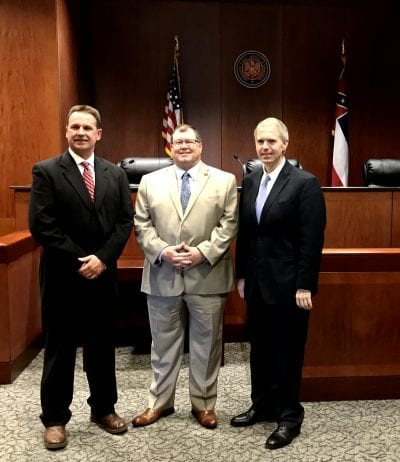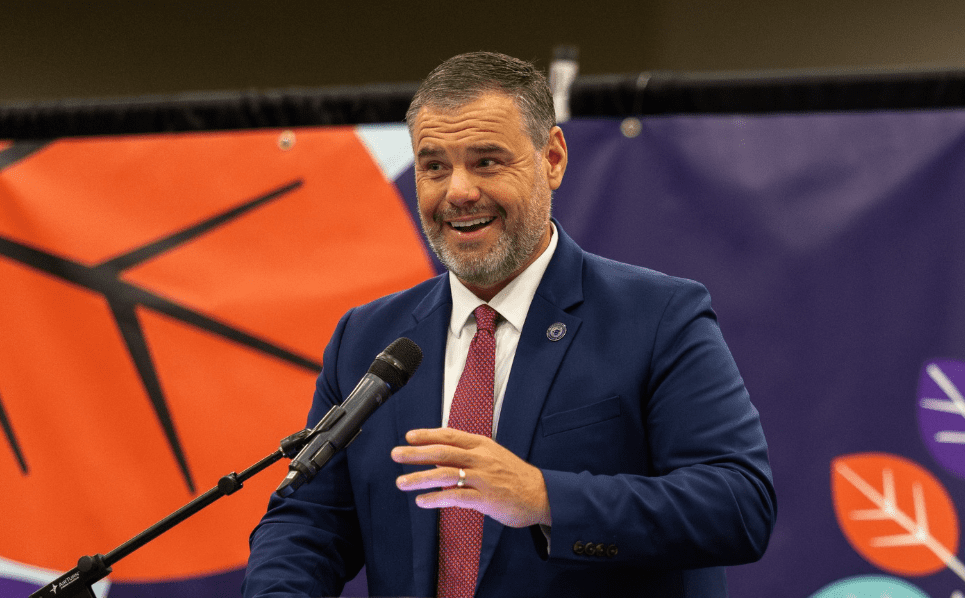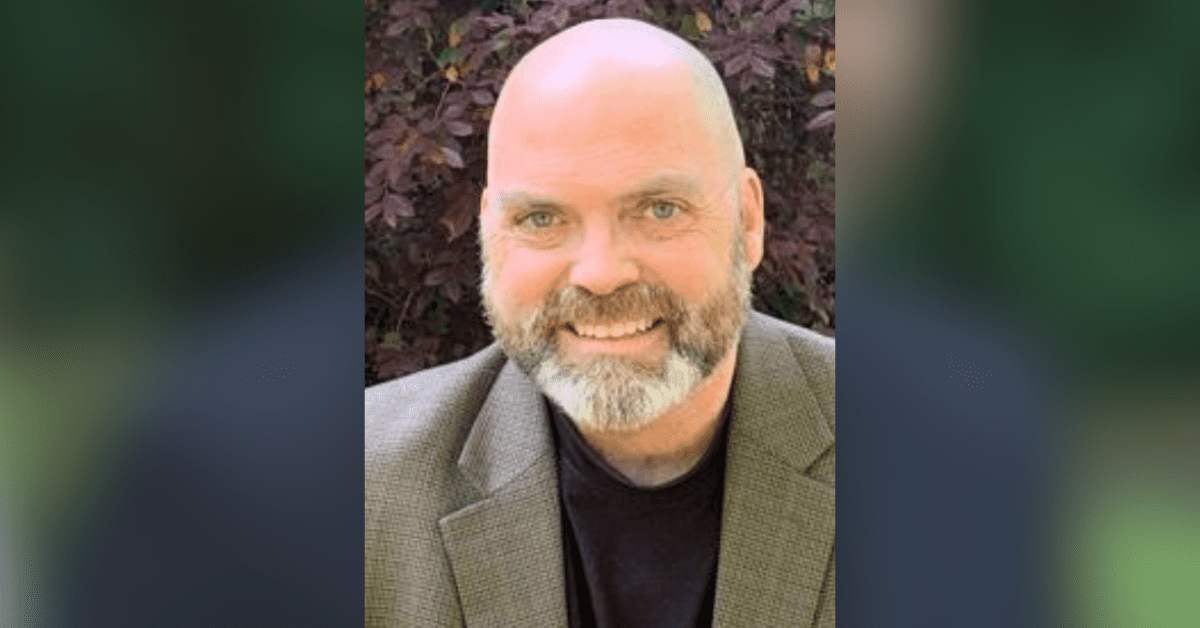
Studio portrait of Sid Salter. (photo by Beth Wynn / © Mississippi State University)
By: Sid Salter
As a child in the mid-1960s, I remember standing in a line out the door and into the parking lot of the school building where my twin sister and I received our oral polio vaccine. We stood with hundreds of rural Mississippians in the hot sun, waiting on that magic sugar cube.
The oral polio vaccine was delivered on sugar cubes, which we liked. But had they offered the vaccine on cube of dried cow manure, most children of my generation would have grimaced and taken it.
Why? Because poliomyelitis was a highly infectious viral disease of the brain and spinal cord that could cause disability or death. Last summer at the Rotary International Convention in Hamburg, Germany, I joined thousands of fellow Rotarians in celebrating our service organization’s contributions to all but the eradication of polio around the world.
But during my childhood – less than a decade removed from the U.S. polio epidemic of the 1950s, polio was widespread and scary and was a particular nightmare for children. We heard about the paralysis and the iron lungs, but at church and school and on the streets, we saw young polio victims struggling with wheelchairs, leg braces, and crutches.
In our community, there was a particularly beautiful, brave young lady trapped in the braces and crutches, her life forever changed. I still have friends who deal with the ravages of polio now in their golden years.
It was a nationwide phenomenon. In 1952 alone, almost 60,000 cases of paralytic polio were diagnosed in the U.S. A 1998 book called “A Paralyzing Fear: The Triumph Over Polio in the U.S.” recounted the nation’s psychic landscape:
“By then, polio epidemics were second only to the atomic bomb in surveys of what Americans feared most. Bomb and virus alike were terrible agents of destruction that might arrive at any moment to devastate a family, a community, or an entire nation. The disease seemed like an omnipresent threat, and its cure became a national responsibility. Epidemics struck other countries, but never as heavily as here.
“America was the center of polio, and the place where people knew they must work first, and fastest, to end it. They gave their time and money to help the growing swell of victims and to find a way to stem the rising tide of injury. When the call came, they even volunteered their children, millions of them, to test a new vaccine. The fear that had once driven Americans apart was now the force that pulled them together.”
Over the last 30 years, Rotarians helped immunize more than 2.5 billion children in 122 countries. So far, Rotary has contributed more than $1.8 billion toward eradicating polio worldwide. Today, polio remains endemic only in Afghanistan, Nigeria, and Pakistan.
If viral beasts like polio can be nearly eradicated by courageous science, people of good will, and global generosity, then certainly COVID-19 can likewise be overcome.
But “flattening the curve” of the spread of COVID-19 will require sacrifice, changes in our routines, and that most First World and American of maladies – boredom. So far, we’ve lost our athletic events and championships for a time. Big deal.
We are told to stock up, stay home, and hunker down. No amusement parks, cruises, or shopping centers. We’re asked to tap the brakes on club meetings (even my Rotary Club is canceling meetings for a time), church attendance, Broadway plays, and movie theaters. Not exactly heavy lifting.
Day care, K-12 schools, universities and colleges, all disrupted. Things will likely get worse before they get better.
But amid these COVID-19 challenges, I remember waiting in the hot sun for that magic sugar cube a lifetime ago. Like the nightmare of polio my sister and I faced, this too shall pass and who knows, the nation may actually be stronger for the lessons we learn together.









